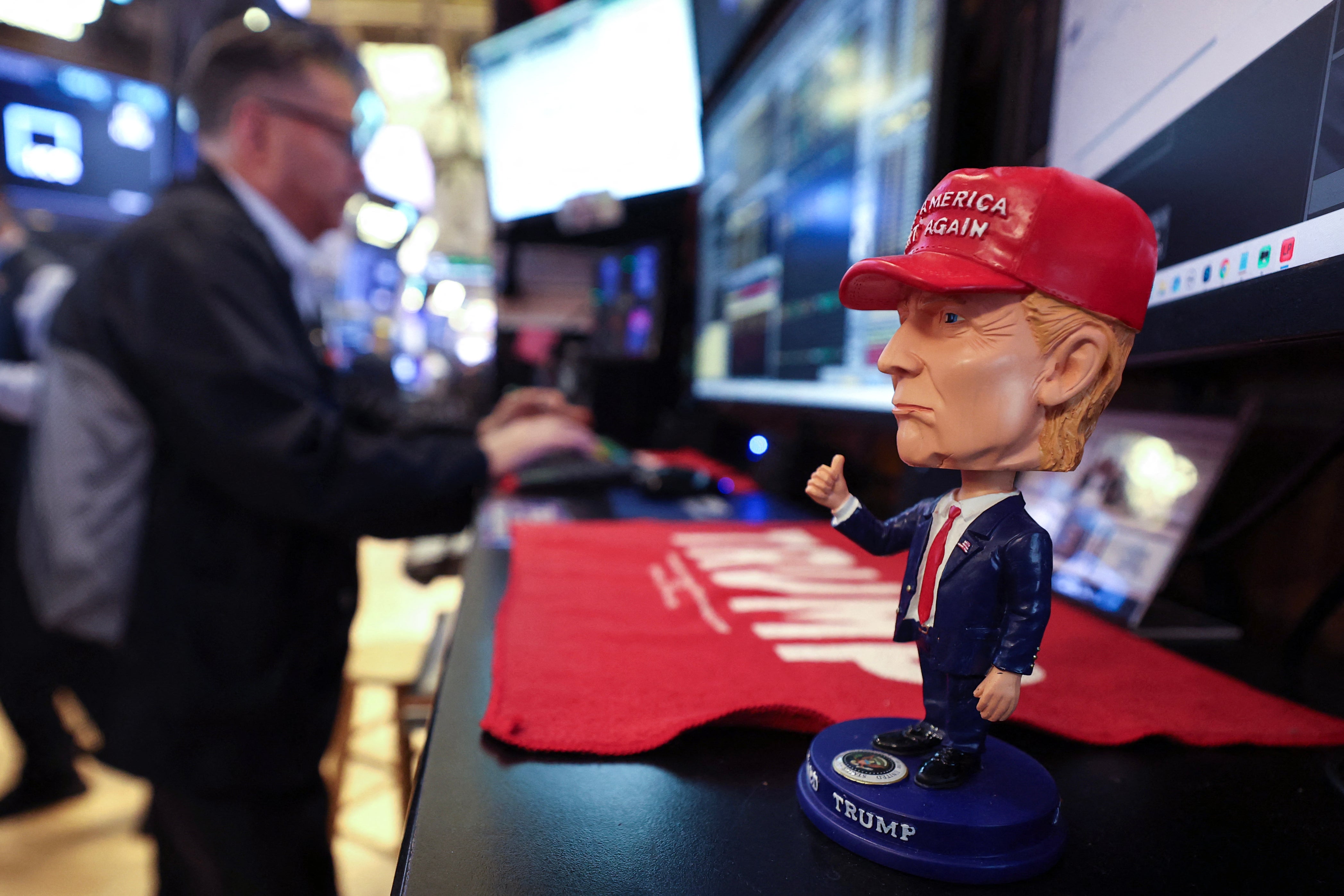The latest jobs report has defied expectations and hiring remains steady despite concerns over President Donald Trump's trade tariffs, which have shaken financial markets and worried consumers.
Fresh data released Friday by the Bureau of Labor Statistics revealed that the U.S. economy added 177,000 jobs in April and the unemployment rate remains at 4.2 percent.
It is the first glimpse of how the economy has fared after Trump’s so-called “Liberation Day” on April 2, when he introduced sweeping tariffs that caused the biggest one-day stock market drop since the pandemic. His policies have shaken financial markets and frightened consumers.
The bureau also revised the number of jobs added in March from 228,000 to 185,000 and in February from 117,000 jobs to 102,000.
Hourly earnings grew slightly by 0.2 percent in April, slightly down from the 0.3 percent in March. But overall wage growth for the past 12 months stayed the same at 3.8 percent.
The report comes as Trump marked 100 days in office this week. During that time, he has presided over a global trade war, mass layoffs through Elon Musk’s Department of Government Efficiency and waged an aggressive immigration crackdown that threatens to make it difficult for hotels, restaurants and construction firms to fill job openings.
The federal government officially shed 9,000 jobs in April, but that does not count employees who are on paid leave or who continue to receive severance pay, the situation of many federal employees as DOGE slashed numerous government jobs as part of its effort to shrink the federal budget.
Negotiations with China are ongoing after Trump slapped the world’s second biggest economy with a 145 percent tariff last month. China retaliated with a hefty 125 percent tariff on U.S. products.
The president has insisted that these tariffs will force companies to bring back manufacturing jobs to America, but economists have consistently said that the cost of tariffs will fall directly to consumers, causing inflation and a potential recession.
“Looking ahead, we expect the steep tariff increases and the surge in uncertainty and financial market volatility will result in a more pronounced labor market downshift than previously anticipated,” Lydia Boussour, senior economist at the accounting and consulting giant EY, said this week.
“Large cuts to the federal workforce and the cancellations of many government contracts will also be a drag on payroll growth in coming months.”
Payroll provider ADP reported Wednesday that companies added just 62,000 jobs in April, about half of what was expected and down from 147,000 in March. “Unease is the word of the day,” said Nela Richardson, chief economist at ADP. “It can be difficult to make hiring decisions in such an environment.”

This week Trump acknowledged that his tariffs could hit Americans when he suggested that kids might “have two dolls instead of 30 dolls.”
“So maybe the two dolls will cost a couple bucks more than they would normally,” he said at Wednesday’s cabinet meeting.
Trump, for his part, has tried to blame his predecessor, Joe Biden, for weak economic numbers.
Earlier this week, the Bureau of Economic Analysis reported that the economic shrank by 0.3 percent, the first time the economy shrank since 2022, when inflation hit its peak.
“I’m just saying that we inherited a mess,” he said in response to a question from The Independent during a Cabinet meeting. “But I don’t view the stock market as the end all – it’s an indicator. But what the stock market really tells you and what you when you look at the stock market in this case is it says how bad a situation we inherited.”
Trump has also repeatedly pressured Federal Reserve Chairman Jerome Powell to lower interest rates. The Federal Reserve is set to meet next week to determine whether to raise, cut or keep interest rates the same.
AP contributed







